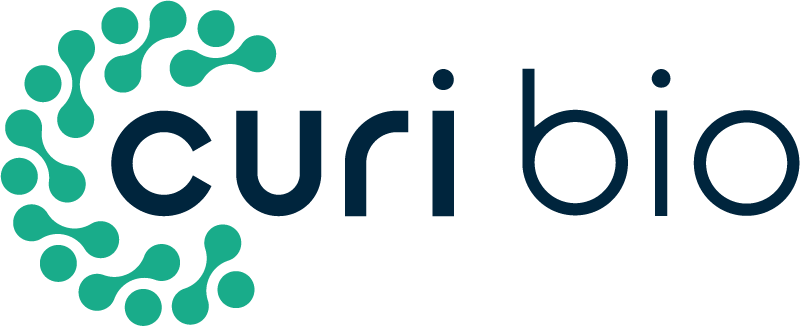Synergistic Effects of Matrix Nanotopography and Stiffness on Vascular Smooth Muscle Cell Function
Somali Chaterji, PhD, Peter Kim, BS, Seung H. Choe, Jonathan H. Tsui, MS, Christoffer H. Lam, Derek S. Ho, BS, Aaron B. Baker, PhD, and Deok-Ho Kim, PhD (1) – (1) University of Washington
Abstract: Vascular smooth muscle cells (vSMCs) retain the ability to undergo modulation in their phenotypic continuum, ranging from a mature contractile state to a proliferative, secretory state. vSMC differentiation is modulated by a complex array of microenvironmental cues, which include the biochemical milieu of the cells and the architecture and stiffness of the extracellular matrix. In this study, we demonstrate that by using UV-assisted capillary force lithography (CFL) to engineer a polyurethane substratum of defined nanotopography and stiffness, we can facilitate the differentiation of cultured vSMCs, reduce their inflammatory signature, and potentially promote the optimal functioning of the vSMC contractile and cytoskeletal machinery. Specifically, we found that the combination of medial tissue-like stiffness (11 MPa) and anisotropic nanotopography (ridge widthgroove widthridge height of 800800600 nm) resulted in significant upregulation of calponin, desmin, and smoothelin, in addition to the downregulation of intercellular adhesion molecule-1, tissue factor, interleukin-6, and monocyte chemoattractant protein-1. Further, our results allude to the mechanistic role of the RhoA/ROCK pathway and caveolin-1 in altered cellular mechanotransduction pathways via differential matrix nanotopography and stiffness. Notably, the nanopatterning of the stiffer substrata (1.1 GPa) resulted in the significant upregulation of RhoA, ROCK1, and ROCK2. This indicates that nanopatterning an 800800600 nm pattern on a stiff substratum may trigger the mechanical plasticity of vSMCs resulting in a hypercontractile vSMC phenotype, as observed in diabetes or hypertension. Given that matrix stiffness is an independent risk factor for cardiovascular disease and that CFL can create different matrix nanotopographic patterns with high pattern fidelity, we are poised to create a combinatorial library of arterial test beds, whether they are healthy, diseased, injured, or aged. Such high-throughput testing environments will pave the way for the evolution of the next generation of vascular scaffolds that can effectively crosstalk with the scaffold microenvironment and result in improved clinical outcomes.
Keywords:
Materials & Methods: Silicon wafers with 800_800nm nanogroove features were fabricated by a micro-stamping method as described in Kim et al.17 Briefly, this involved spin-coating the silicon wafers with a photoresist (Shipley), patterning via electronbeam lithography (JBX-9300FS, JEOL), photoresist development (MF320, Shipley) and deep reactive ion etching of exposed silicon, removal of the remaining photoresist, and finally, dicing into silicon masters for subsequent replica molding. These etched features on the silicon masters were then transferred to poly(urethane acrylate) (PUA) molds (*50mm thickness) on polyester film for the fabrication of nanopatterned PUA substrata by a UV-assisted nanomolding method used previously17,18 (Fig. 1A).
Microscopic Technique: Atomic Force Microscopy, Scanning Electron Microscope
Cell Type(s): Muscle Cells, vSMC
